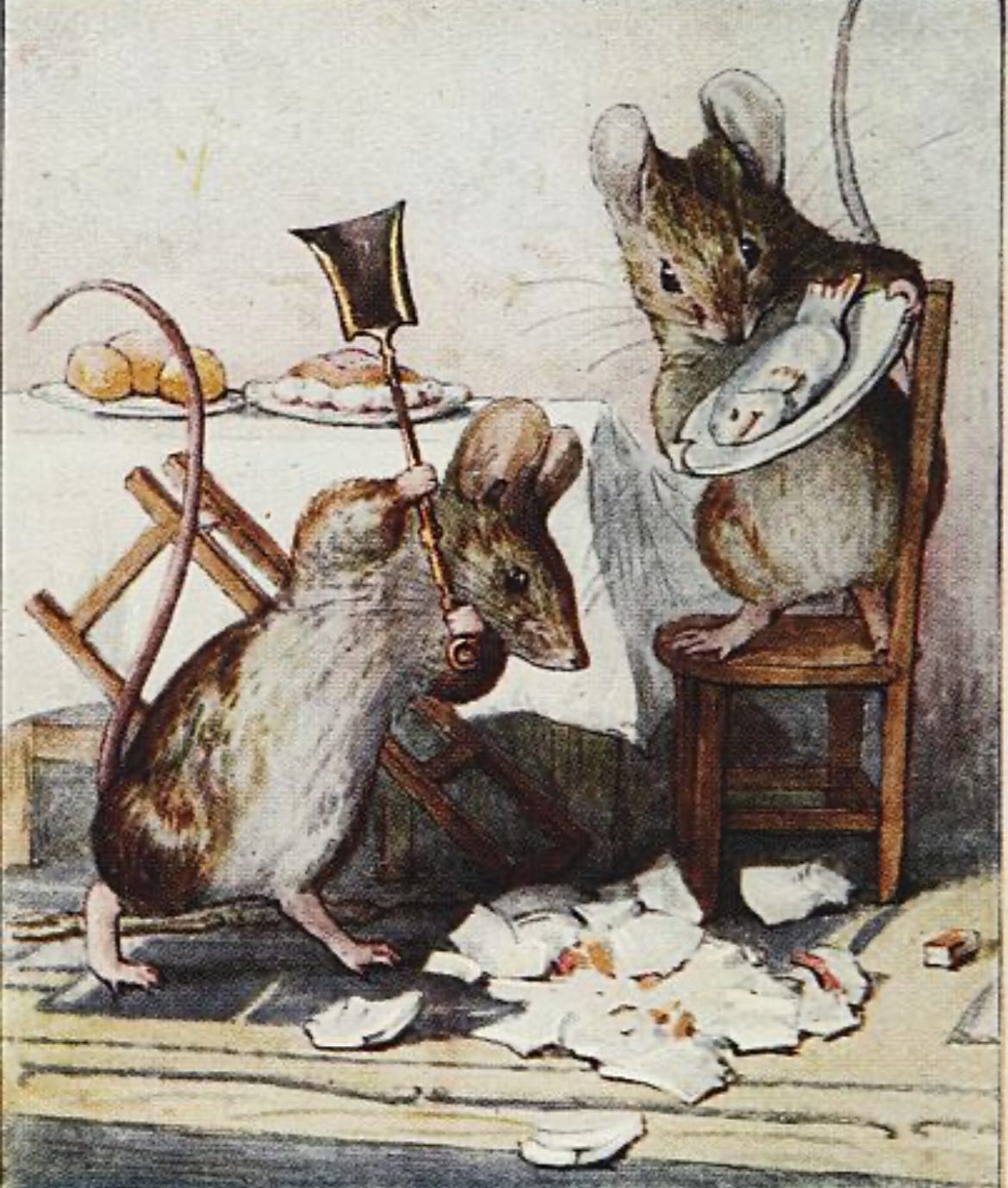The other morning I was woken up ay 6am by a notification on my phone that I was outbid on a house. A dollhouse, not a real house. It was under 30 pounds, one I could afford, as usually they are 200 pounds and over. This one was a fixer upper. The wallpaper was water stained and peeling, it had no furniture, the exterior needed to be painted, the roof patched up. I browsed furniture too, with a clear idea of how I would fix and furnish it.
On eBay I saw some tiny black lacquered Chinese and some mock framed Constables which would fit in the palm of my hand. I wanted a four poster, Tudor style bed to put inside, and a gramophone no bigger than a snail. I couldn’t buy the furnishings all at once, or realistically really any of it for a while, but I would slowly make the house exactly as I wanted it. I have a childhood muscle memory of how to make bread and apples from fimo clay, which I would put on display in the kitchen, using the plates from the crockery cabinet I found at a charity shop. Wallpaper samples would replace the old stained stuff and the wooden floors would be painted darker. I indulged a snobbery of taste in my browsing, frowning at grey interiors and a sordid eBay scene of a doll bride doing dishes in a carpeted kitchen. My dollhouse would have something of Henry James’ house in Rye or Vanessa Bell’s Charleston.
I would also do what The Borrowers did, so vivid in the American version illustrations, of co-opting bigger things for smaller use. A postage stamp makes a portrait painting, a champagne cork wire a chair, a pocket watch a kitchen clock, a thimble a stool. The opposite of what I want to do mentally with a dollhouse: to use something small to satisfy the unrealistic fantasy of home ownership or security in the UK. Browsing the lux real estate agency Inigo which specialises in tasteful historical houses is indulging dreams far removed from reality, the Labour promise to build more housing won’t fill the need: many will be swallowed buy to let owners, the rest will require deposits near impossible to save without family help, good credit scores which years and years of paying rent on time- essentially paying someone else’s mortgage- doesn’t effect, new housing is often of bad quality and new leaseholders in particular are trapped in monthly fee increase nightmares . A Robert Stubbs Tudor doll house, is pricy, at a few thousand, but perhaps possible to save up for, to grandly sit on a table in one’s small rented flat and potter around with, providing, like a hall of mirrors, an illusion of space. I think often, of Hunca Munca and her husband smashing the plaster food in The Tale of Two Bad Mice. Does it not reflect the capitalist lie that if work hard in the UK you will be rewarded and get on the housing ladder? These little noble squatters are perfectly right to be angry. In need of food and housing for their family, they are met with first lies ( the chimney of the dollhouse has no soot ie no heating, the coffee and sugo containers are filled with beads)then a giant mousetrap. They make ‘amends’ when they by chance find a “crooked sixpence” they give to the dolls who own the house( and did not deserve, the dolls weren’t even using the cradle Hunca Munca stole) but one has little chance of finding a crooked sixpence in real life.
In The Inner Room by Robert Aickman, a family buys an enormous dollhouse ‘Gothic revival’ from a seedy toyshop, the owner “pale, nearly bald and perceptibly grimy. He wore an untidy grey suit and bedroom slippers.” Their daughter “wants to pretend to live in it” It is a peculiar doll house as it doesn't have a side or roof which opens, and the girl can only walk its circumference, staring into the windows, a voyeur. It is decorated in a “Miss Fitzherbert-ish style; with handsomely striped wallpapers, botanical carpets, and chairs with legs like sticks of brittle golden sweetmeat.” It has eight female dolls. There is a creepy painting of a furious man in the dining room. The girl refuses to let her father hack it open, though it would allow her to play with and fix it, perhaps some reflection of her secretive adolescence . She has nightmares about wandering through a forest and coming across the house, life-sized.This happens when she is an adult and gets lost in a storm, long after her father sold her dollhouse without asking after losing his job. The house is recognisable, though in a great state of decay “ the family portraits startled from their heavy frames, and the striped wallpaper drooped in the lamplight like an assembly of sodden, half-inflated balloons.” The dolls, now real creepy women, scold her for not taking care of the house.
It is a horror story, but for someone of my age, easy to see as a fantasy. Imagine buying a dollhouse and it ballooning to a liveable size. As a precaution, when I can finally afford a dollhouse, I won’t let any dolls near it.







Hello. I have no interest in dolls homes, but this is a great piece of writing ,all the same. Very skillful in its creation and telling. Thank you.
The smashing of the plaster food in The Tale of Two Bad Mice is such a vivid childhood memory and I've never seen it referenced anywhere before now - thanks for the reminder (and for describing the mice as 'little noble squatters' which is lovely)